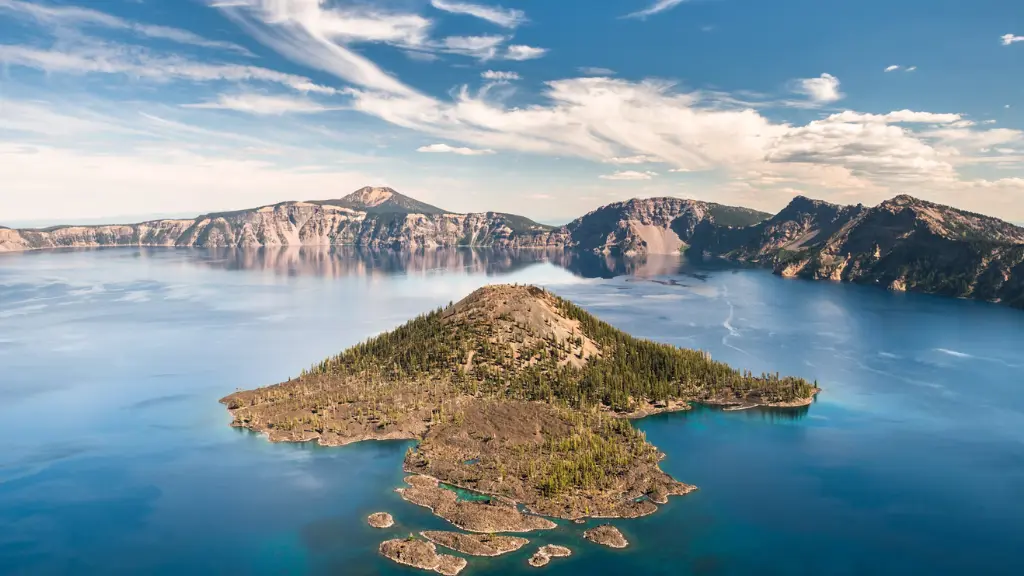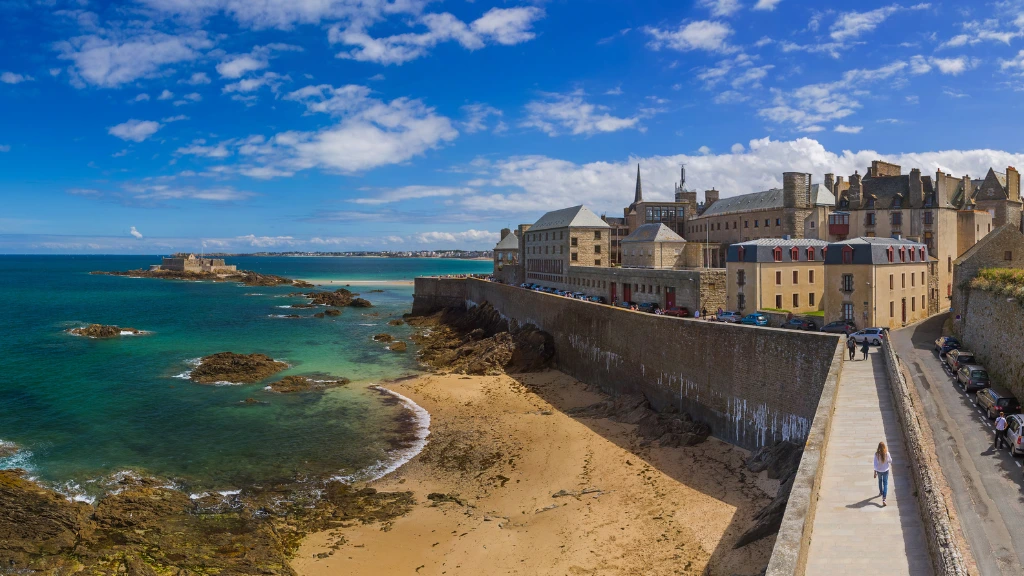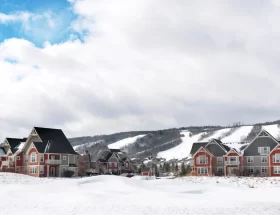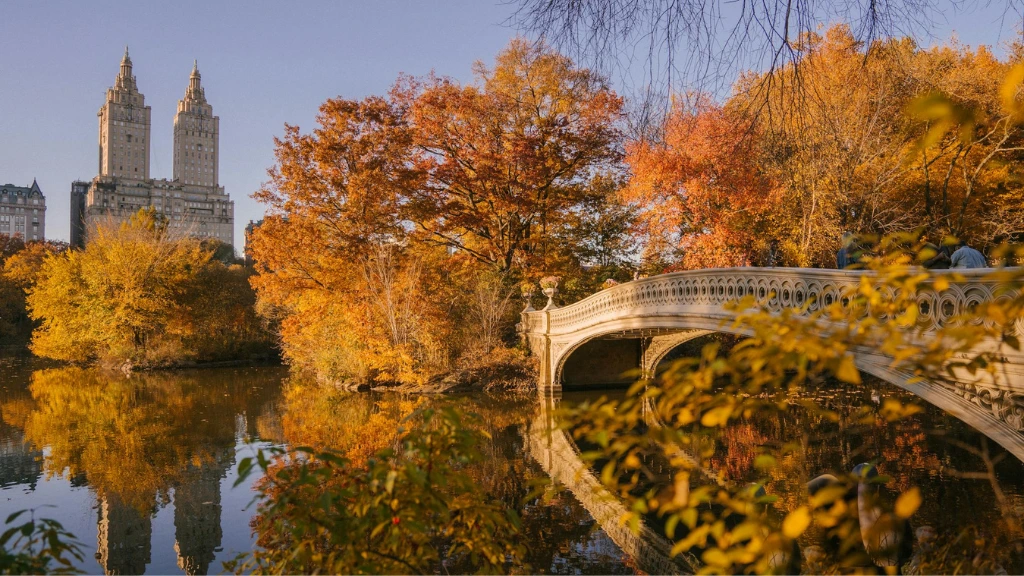Crater Lake, located in southern Oregon, is a truly remarkable sight. Famous for its stunning blue water, Crater Lake is the deepest lake in the United States, reaching depths of nearly 1,950 feet.
Formed by a volcanic eruption over 7,700 years ago, the lake’s serene landscape attracts nature lovers, adventure seekers, and photographers alike. Here’s your guide to making the most of your Crater Lake experience.
You May Also Like: The Best Things to Do in Aspen
Getting to Crater Lake
Crater Lake National Park is located in southern Oregon, about 80 miles from Medford. Most visitors arrive by car, though Medford has the closest major airport. From there, you can rent a car and enjoy a scenic drive through the Pacific Northwest. During winter, parts of the park close due to snow, so check road conditions in advance.
Best Time to Visit Crater Lake
Crater Lake offers unique experiences depending on the season. Summer, from July to September, is the most popular time, with warm weather and full access to trails and scenic drives.
Winter, from November to April, brings heavy snowfall, creating opportunities for winter sports like snowshoeing and cross-country skiing. Fall and spring offer cooler temperatures and fewer crowds but may have limited road access.
Top Things to Do in Crater Lake
Crater Lake offers diverse activities, from hiking and scenic drives to boating and wildlife watching. Here’s what you shouldn’t miss:
1. Scenic Rim Drive
The Rim Drive is a 33-mile loop around Crater Lake with over 30 scenic pullouts. The drive takes about two hours, but you’ll want to allow extra time to stop and take photos. Key viewpoints include:
- Watchman Overlook: Known for its spectacular sunset views.
- Cleetwood Cove: Offers lake access and is the starting point for boat tours.
- Pumice Castle Overlook: Named for the orange rock formation resembling a castle.
2. Hiking Trails
Crater Lake has trails for every skill level, from gentle nature walks to challenging summit hikes.
- Garfield Peak Trail: A moderate 3.6-mile round-trip hike with stunning views of the lake from above.
- Cleetwood Cove Trail: This is the only trail that takes you directly to the lake’s edge. It’s a steep 2.2-mile round-trip, but worth it for lake access.
- Mount Scott Trail: The park’s highest point. This 5-mile round-trip trail offers panoramic views of Crater Lake and the surrounding wilderness.
3. Boat Tours on Crater Lake
For a unique perspective, take a boat tour on Crater Lake. Tours operate from late June to early September, weather permitting. You’ll start at Cleetwood Cove and can choose a standard tour or one with a stop at Wizard Island. These tours offer up-close views of the lake’s striking clarity and geological features.
4. Wizard Island
Wizard Island is a cinder cone located within Crater Lake. Boat tours with a Wizard Island stop let visitors hike to the island’s summit or fish along its shore. Wizard Island is open only in the summer, so plan accordingly.
5. Snow Activities in Winter
Crater Lake transforms into a snowy wonderland in winter. Popular activities include:
- Snowshoeing: The park offers ranger-led snowshoe hikes during winter. These are free, but reservations are recommended.
- Cross-Country Skiing: Crater Lake has miles of unmarked trails ideal for skiing enthusiasts. Bring your own equipment or rent nearby.
Winter visitors should check for road closures, as snow can reach over 40 feet deep, limiting accessibility.
Wildlife Watching
Crater Lake National Park is home to diverse wildlife, including black bears, elk, and marmots. Birds are abundant as well, with species like bald eagles, ospreys, and Clark’s nutcrackers making the park their home. Early morning and late afternoon are the best times for wildlife sightings.
Tip: Always maintain a safe distance from wildlife. Never feed animals in the park, as it disrupts their natural habits.
Where to Stay Near Crater Lake
There are several options for accommodations both inside and outside the park.
1. Crater Lake Lodge
This historic lodge, built in 1915, is located on the rim of the caldera and offers fantastic views. Open only in the summer, Crater Lake Lodge is a great option for those who want to stay close to the lake.
2. Mazama Village Campground
The campground, located seven miles from the lake, is open from June to September. It offers sites for tents, RVs, and even rustic cabins. Reservations are highly recommended.
3. Nearby Towns
If you’re visiting in winter or prefer more amenities, consider staying in nearby towns like Medford, Bend, or Klamath Falls. Each town offers a range of accommodations, dining, and shopping options.
Tips for Visiting Crater Lake
- Start Early: Arriving early helps you beat the crowds and allows for a more peaceful experience at popular viewpoints.
- Bring Layers: Weather at Crater Lake can change quickly, especially on the rim. Pack layers even in the summer.
- Stay Hydrated: The high elevation can lead to dehydration. Carry water and snacks with you.
- Follow Park Rules: Crater Lake’s pristine condition relies on visitors adhering to rules, like staying on trails and not littering.
Dining Options in and Near Crater Lake
Food options within Crater Lake are limited, especially during winter.
- Crater Lake Lodge Dining Room: The lodge has a full-service restaurant with incredible lake views. The menu features regional cuisine and locally sourced ingredients.
- Mazama Village Camper Store: This store has basic groceries, snacks, and camping essentials.
- Nearby Towns: For a wider range of dining options, head to Klamath Falls or Bend, where you’ll find everything from diners to fine dining.
Tip: Pack a picnic for lunch at one of the scenic viewpoints. There are several picnic areas within the park that offer gorgeous views and a peaceful setting.
Fun Facts About Crater Lake
- Depth: Crater Lake is the deepest lake in the United States and the ninth-deepest in the world.
- Clarity: The lake is one of the clearest in the world, with visibility up to 100 feet in some areas.
- No Rivers: Crater Lake has no rivers flowing into or out of it. It’s fed only by rain and snow, which helps maintain its purity.
Must-See Viewpoints
Crater Lake’s viewpoints provide some of the best photo opportunities:
- Discovery Point: The spot where early explorers first saw Crater Lake.
- Watchman Overlook: Ideal for sunset views, with great angles for photography.
- Cloudcap Overlook: The highest viewpoint accessible by car, offering expansive lake views.
These stops along Rim Drive will give you plenty of chances to capture Crater Lake’s beauty.
Final Thoughts on Visiting Crater Lake
Crater Lake is more than a beautiful destination—it’s a place to connect with nature, marvel at geological wonders, and explore the diverse activities in one of America’s most breathtaking national parks.
Whether you’re here to hike, relax, or photograph, Crater Lake provides a memorable experience in every season.










